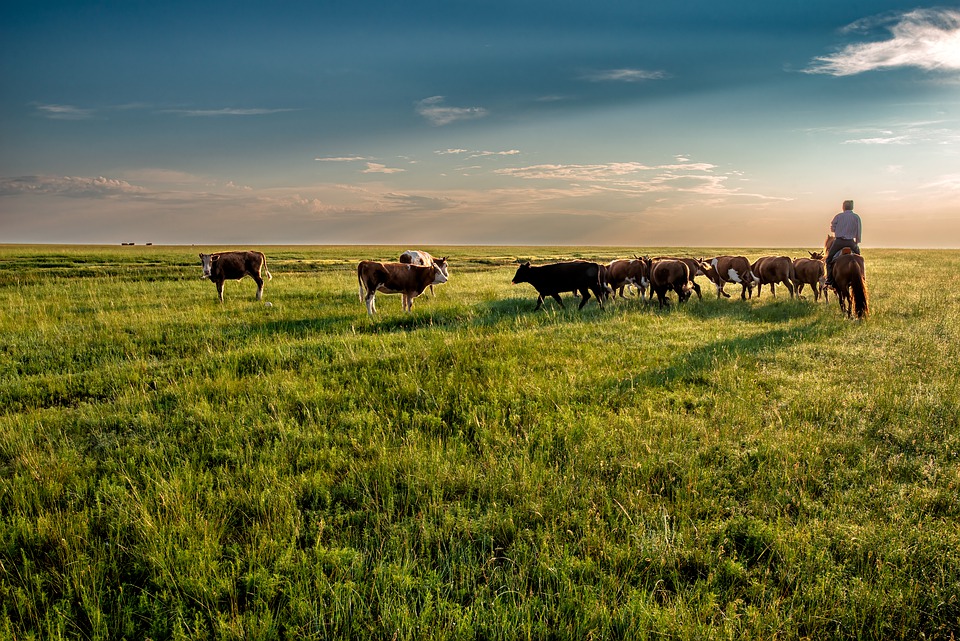Ask any progressive farmer what the benefits of strip grazing are, and inevitably, the first answer will be: “It reduces wastage.” True, it does. By restricting the quantity of grass presented to the animals at any one time, and by forcing the animals to make optimum use of this pasture presented to them, one derives maximum benefit from the pasture. It also eliminates unnecessary trampling, and reduces fouling of fresh, ungrazed vegetation as the animals cannot wander around at liberty.
But there are many more benefits to properly managed pasture using temporary electric fences:
First, two of the points mentioned above have added benefits, namely the concentrated hoof action tramples the dung and helps reduce soil compaction which improves moisture retention, and furthermore, the dung is spread evenly across the pasture.

Maurice Williamson, Stafix Security Centres CEO, who majored in BSc Agric and has 50 years of experience in the strip grazing and the agricultural electric fence industry.
Another benefit is that, by giving the animals fresh clean pasture and moving them regularly, one helps reduce disease and foot-rot.
Then there are benefits to the pasture itself. By back-fencing as one progresses through the pasture, one prevents the animals from regrazing the regrowth and depleting root reserves.
Also, the pastures can be grazed at their optimal length. Too often pastures are left to grow out too long, which reduces their nutritional value. Keeping the grass short results in increased foliage as the grass produces additional vegetative tillers.

Easily monitor and control of your agric energisers via your cell phone app
More grass means higher carrying capacity as it controls the production of reproductive tillers which, in simple terms, means that the grass doesn’t go to seed. Keeping the pasture short enables one to incorporate clovers in permanent, mixed pastures and thus help reduce fertiliser costs.
Note: The importance of grazing at the right stage cannot be overemphasised. If pastures are getting away from one in the growing season, simply curtail the grazing cycle and ensile or make hay or haylage of the excess vegetation. Some of this high-quality hay can then be used as a supplement when the animals are on moist young pasture to prevent scouring or bloating.
All in all, better management practices achieved by using temporary electric fences to strip graze, result in better animal and pasture health which in turn leads to more milk in the bucket, more beef on the hoof or mutton on the lamb, and the main purpose of the exercise – more money in the bank!
These insights are provided by Stafix Security Centres CEO, Maurice Williamson (BSc Agric) with 50 years of experience in the strip grazing and the agricultural electric fence industry.

Pasture strip grazed by animals controlled by a moveable electric fence.
Brands such as JVA and Stafix are the preferred choice when choosing agricultural energisers for strip grazing. Their world class R & D divisions are constantly meeting new agricultural challenges with technological developments.
Developments such as the LCD display on their energisers allow for a visual representation of the integrity of the fence providing information such as voltages and stored joules, which assist in identifying faults on the fence line.
The full monitoring and control of your agricultural energisers via a cell phone app compliments the developments of the diverse range of mains or battery energisers, JVA solar energisers and the JVA portable energisers that are compatible with any carry-box with solar panel.
Adapting to agricultural requirements and technological developments results in the ability to offer the best products in order to continue to profit from pastures.
For more information on strip grazing and agricultural energisers, visit Stafix’s website www.stafix.co.za or visit any of their 28 Stafix Security Centres nationwide. Contact them on 0861 STAFIX / 782349.










My partner and I stumbled over here from a different web address and thought I might check things out.
I like what I see so i am just following you. Look forward to going over your
web page yet again.
Feel free to visit my blog … jva electric fence
One of the things I enjoy regarding reading websites such as this, is that there aren’t any spelling or lexical errors! Causes it to be tough about the readers sometimes. Very good work upon that and also the subject of this website. Many thanks!
Thank you, I have been looking for facts about this topic for ages and yours is the best I’ve discovered so far.